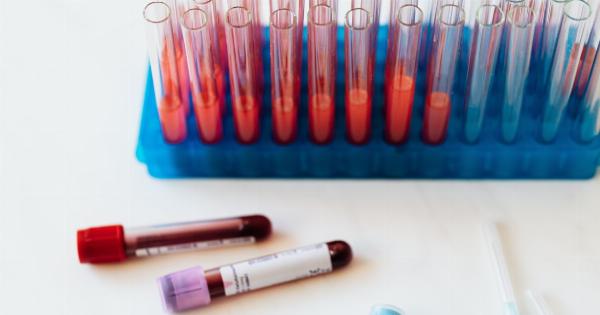Pregnancy is a beautiful experience, but it comes with its own set of challenges as well. One such challenge is the problem of liquid retention or edema. It is a situation where the body starts to accumulate fluids, causing swelling, discomfort, and pain.
While it is common in pregnant women, it is vital to understand the causes and solutions to prevent any issues.
Causes of Liquid Retention in Pregnancy
Fluid retention typically starts in the second trimester and may continue through to the end of pregnancy. Some of the common causes of liquid retention are:.
Increased Blood Volume:
During pregnancy, a woman’s blood volume increases by 40-50%. This increase causes pelvic veins that transport blood from lower limbs to the heart, to get enlarged due to the pressure.
This pressure slows down the blood flow in these veins, resulting in edema.
Hormonal Imbalance:
During pregnancy, the body produces hormones, causing the body tissues to expand, and the muscles and veins to relax. This hormonal imbalance leads to liquid retention.
Postural Changes:
Postural changes during pregnancy like standing or sitting for long periods can also cause edema. Inactivity due to bed rest may also lead to swelling of the joints and legs.
Pre-eclampsia:
Pre-eclampsia is a pregnancy complication that results in high blood pressure, protein in the urine, and fluid retention in the tissues. This medical condition can be life-threatening to both the mother and the baby.
Varicose Veins:
Varicose veins are swollen, twisted veins that form due to the pressure on the veins carrying blood back to the heart. They can cause swelling in the legs, ankles, and feet, resulting in edema.
High Altitude:
Traveling to high altitude places during pregnancy may also cause liquid retention due to lower oxygen levels and the body’s inability to deal with the excess fluid.
Solutions to Liquid Retention in Pregnancy
While liquid retention is typical in pregnancy, certain measures can help ease the discomfort. The following are some of the solutions to prevent edema:.
Exercise:
Regular exercise can help increase the blood flow and prevent swelling in the lower limbs. Exercises like walking, swimming, and cycling can help reduce edema.
Compression stockings:
Wearing compression stockings can help reduce the swelling by applying pressure to the legs and improve blood flow. They are available in various sizes and compression levels to cater to specific needs.
Elevate legs:
Elevating the legs above the heart level for 20-30 minutes thrice a day can help reduce the pressure on the veins and muscles, reducing edema.
Balanced diet:
A healthy and balanced diet can ensure that the body is getting enough nutrients required for fluid balance and tissue repair.
Stay hydrated:
Drinking plenty of water can help flush out any excess fluid in the body and prevent edema. Staying hydrated is important, as dehydration can cause the body to retain more fluid.
Massage:
Regular massaging of the feet and ankles can help reduce swelling and increase blood circulation. Massage can help promote lymphatic flow, which can remove any excess fluid from the body.
Conclusion
Liquid retention or edema in pregnancy can cause discomfort and pain. It is essential to understand the causes and solutions to prevent any issues.
Exercise, compression stockings, hydration, massage, balanced diet, and elevating legs are some of the solutions to reduce edema. If the swelling is severe or accompanied by high blood pressure and headaches, consult a doctor immediately.































